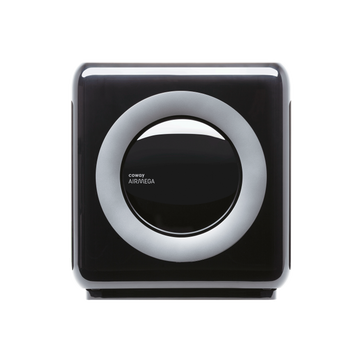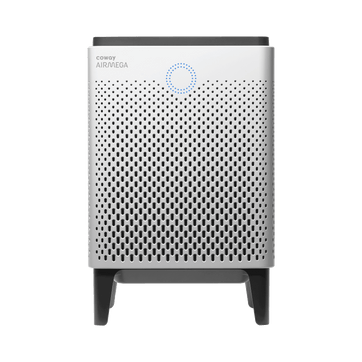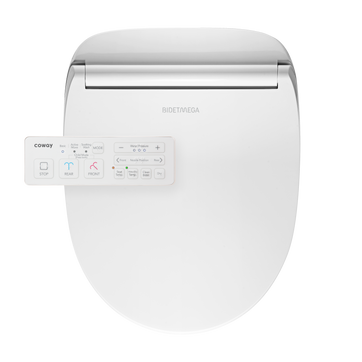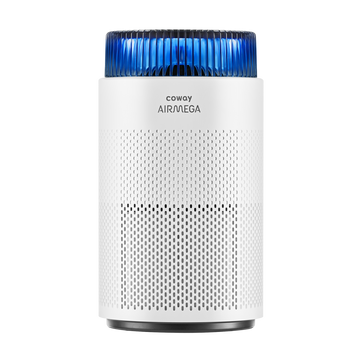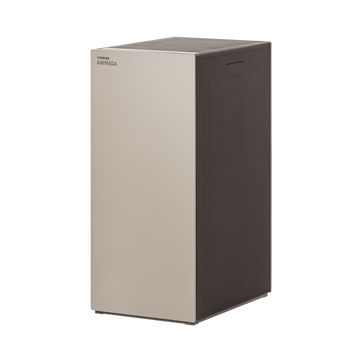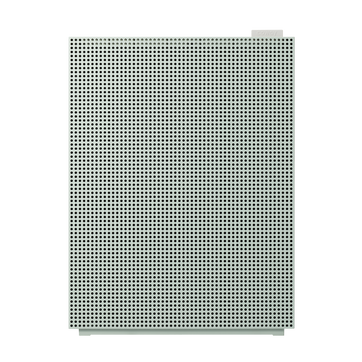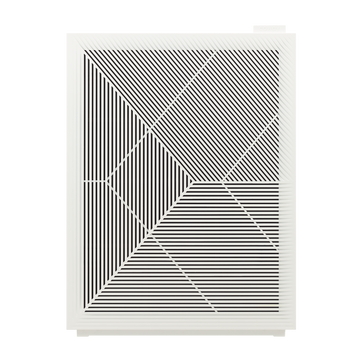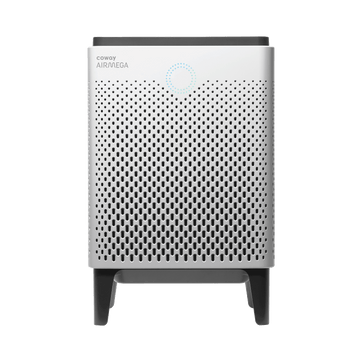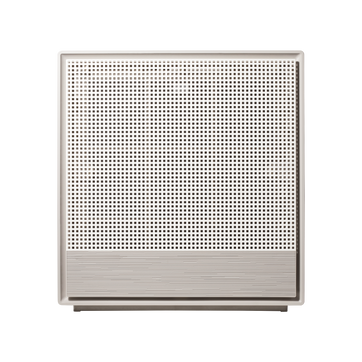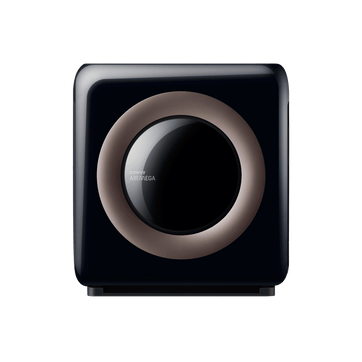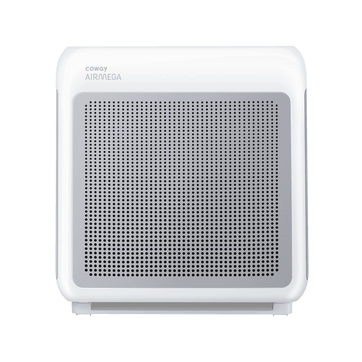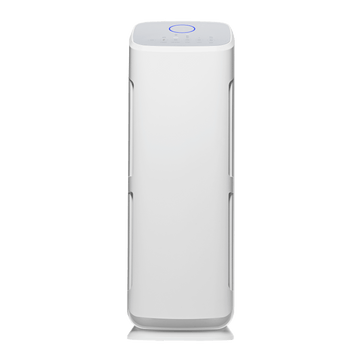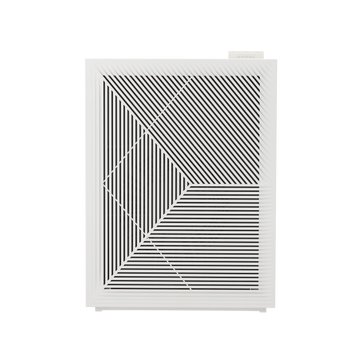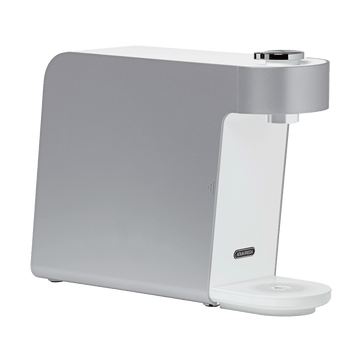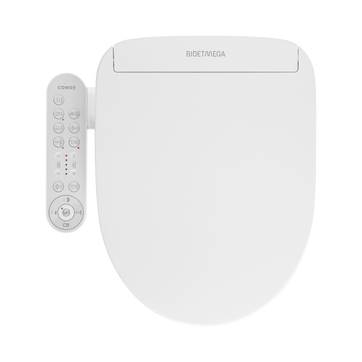
Can a bidet save you money?
Each day, Americans use approximately 34 million toilet rolls. Yes, you read that right. Daily. This equates to billions of dollars literally being flushed down the drain every year. While the bathroom is one area where budget-conscious consumers are not the first to cut costs, there are some ways to save on toilet paper expenses over the long term: Using a bidet.
Budget-friendly bidets
Budget-friendly guru BeatTheBush recently tested the Coway Bidetmega 200 on his YouTube channel—comparing the smart bidet to previous experiences with both a more basic bidet and traditional toilet paper. All it takes is a quick glance at the comments and it’s obvious that his overall experience genuinely surprised his cost-conscious viewers. In fact, as he mentions in the video, it even surprised him—with declarations like “I’m just kind of blown away” regarding its power usage (or lack thereof) and “it’s kind of like the way of the future” to describe his overall experience.
Bidet features
Smart, electronic bidets are similar to traditional bidet toilet seats in that they can be easily installed onto an existing toilet. Unlike traditional bidet toilet seats, these bidets tend to also offer advanced features like heated seats, customized settings, cleaning functions and more.
With all of this extra tech, smart bidets may not be the first thing that comes to mind when thinking of efficiency, but most of the world is already on board with the bidet trend (with some countries even passing laws mandating a bidet in every bathroom).
Bidet benefits
Why are so many nations taking bidets so seriously? While most people think of the standard benefits, increased feeling of cleanliness and various health benefits, others have experienced a reduction of overall toilet paper usage and plumbing/septic expenses that often come with its use. (Full disclosure: Most bidet owners still do use toilet paper; but only a fraction of what they used before since it’s used to pat dry vs wipe clean.)
It’s time for Americans to consider bidets for their homes.
50 pounds of toilet paper
Although still relatively exotic and unheard-of across the U.S., more and more Americans are favoring bidets over traditional wiping methods. The reason for the change? More and more Americans are being exposed to the health and financial benefits of a bidet through trending Internet articles as well as international travel. In countries where bidets are commonplace, annual country-wide toilet paper costs are greatly reduced, with Japanese consumers using about 91 rolls per capita, per year, compared to about 141 rolls per capita in the U.S. To put it another way, Americans use about 50 pounds of toilet paper per person, per year vs. 33 pounds per person, per year, in Japan.
Bidet cost savings
Compared head-to-head, consumers who exclusively use toilet paper consume over 64% more rolls than bidet-users. With a national average of 89 cents per role, that means bidet users can save up to $50 per year per person. Concerned about energy savings as well? The Coway Bidetmega uses less than 1 watt when on energy-saving mode and no more than 800 watts during cleaning mode. To put that in perspective, energy-saving mode uses as much power as your TV does on standby mode (about 11 cents per month) and cleaning mode costs less than $1-2 per month (assuming it’s used for a generous 15 minutes per day).
Environmentally friendly bidets
If the long-term financial costs savings aren’t compelling enough, consider the environmental impact. Over 15 million trees are cut down each year to keep up with the U.S.’s toilet paper demand. That’s approximately 384 trees per person for a lifetime supply of toilet paper, resulting in growing levels of deforestation around the world. What’s more—using a bidet requires only about one eighth of a gallon of water per cleaning cycle, compared to the 37 gallons of water required to make one roll of toilet paper.
In summary, bidets are better for your body, better for the environment, and better for your wallet. So how long before everyone has one? Not soon enough.
Disclaimers
1Coway air purifiers have been proven to trap dust, pollen, dander, viruses and bacteria in the air based on KCL (Korea Conformity Laboratories) testing.They have been tested in a 30㎥ size chamber according to the Korea Air Cleaning Association standard (SPS-KACA 002-132:2022 Modified) to measure the 0.01㎛ size of particle removal rate. It was tested on maximum airflow speed in normal room temperature and humidity conditions. The performance may vary in the actual living environment of customers.
→ Tested with Airmega Aim, 100, 150, 160, AP-1216L, AP-1512HH, AP-1512HHS, 200M, Icon, IconS, 230, 240, 250, 250 Art, 250S, 300, 300S, 400, 400S, ProX
299.97% of viruses, bacteria, fungi and pollen were verified to be removed from the air for Coway air purifiers which have Green True HEPA™ filter applied based on the Japan Food Research Laboratories(JFRL) testing according to JEM 1467 standard.
→ Tested with Coway Airmega AP-1512HH, AP-1512HHS, 250, 250 Art, 250S, 300, 300S, 400, 400S
→ All tested by JFRL and received above result within below time.
All tested by JFRL and received above result within below time.
- Virus: Tested with Escherichia coli phage ΦX174 NBRC 103405, 60 minutes
- Bacteria: Tested with Staphylococcus epidermidis NBRC 12993, 60 minutes
- Fungi/Mold: Tested with Penicillium citrinum NBRC 6352, 60 minutes
- Pollen: Tested with Cedar Pollen extract, 60 minutes
3Aerosol test conducted in a Biosafety level 3 laboratory with two Coway air purifier models, Coway Airmega 250 and 400 for removal of SARS-CoV-2 Aerosol by US based MRI Global, a not-for-profit laboratory and partner of US Department of Defense. The test was conducted in a 13.1ft3 chamber. Virus was aerosolized for 15 minutes and the product was turned on high for 2 minutes. Result showed each product effectively removed over 99.98% of the SARS-CoV-2 in 2 minutes. This is a result from a laboratory experiment condition and result may vary in different conditions. This result does not imply it kills SARS-CoV-2 or prevents the transmission of Covid-19. Coway Airmega 250S and 400S are identical to the tested models and has equal performance with an additional mobile connectivity function.
4The concentration of ammonia, acetaldehyde and acetic acid were proven to be removed within 30 minutes by FCG Research Institute, Inc. Human Life Science Lab. It is not a demonstration result in the actual use space. Not all odors and gases may be supported. → Tested with Coway Airmega 150, 160, AP-1512HH, AP-1512HHS, 400, 400S
5The coverage area of the air purifier is based on an area where the air cleaner can make two air changes per hour (ACPH). An air change per hour translates to how many times an air purifier can clean an area, assuming the height of a ceiling to be 8 ft, in one hour. Therefore ** means two air changes per hour means that the cleaner can clean the area once every 30 minutes and * means air changes per hour means that the air purifier can clean the area once every 60 minutes.
10Terms and conditions apply. Discounts, including promotions, coupons, bundle discount and subscription discount, cannot be stacked on top of other coupons. During promotional periods, discount codes will not be able to be applied to orders. Promo codes may apply to products only—filters, accessories, and new products within 3 months of the release date are not included.
